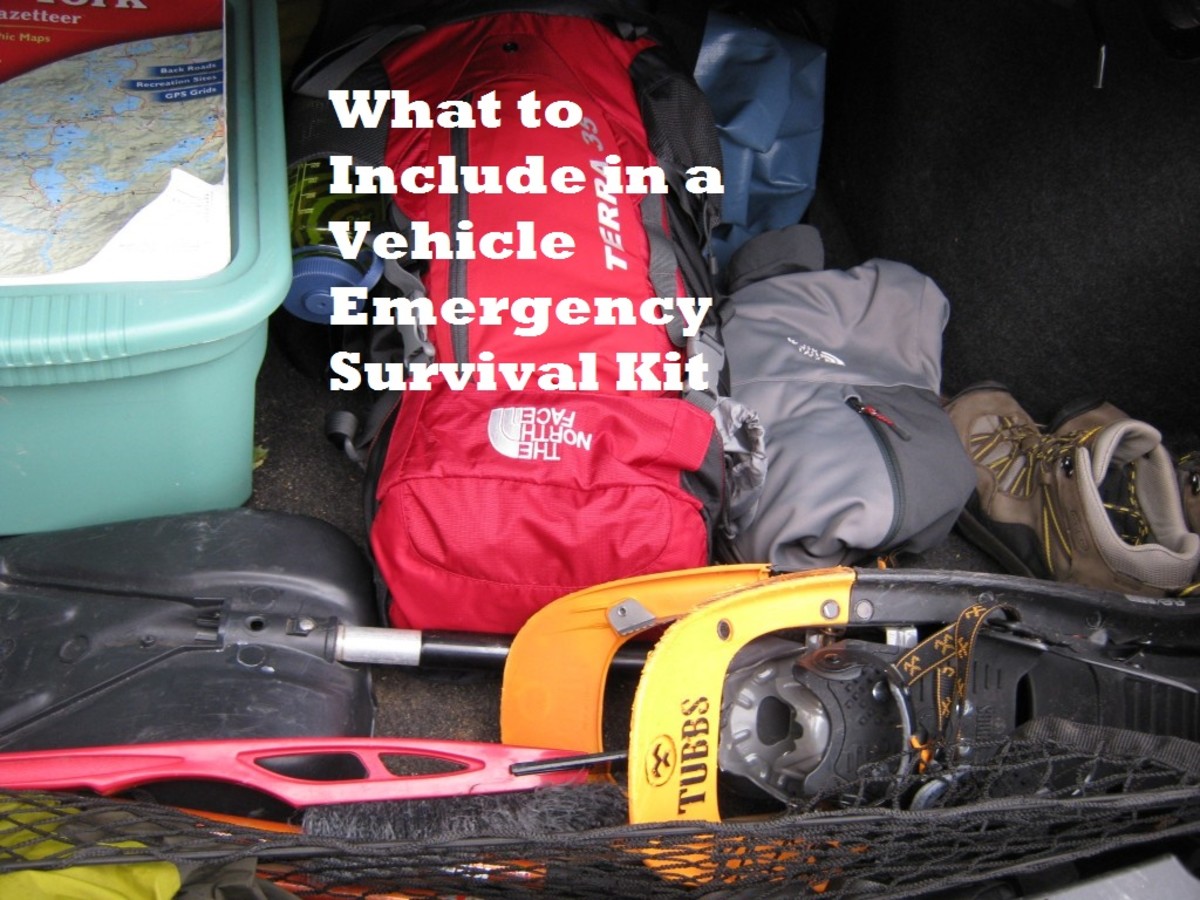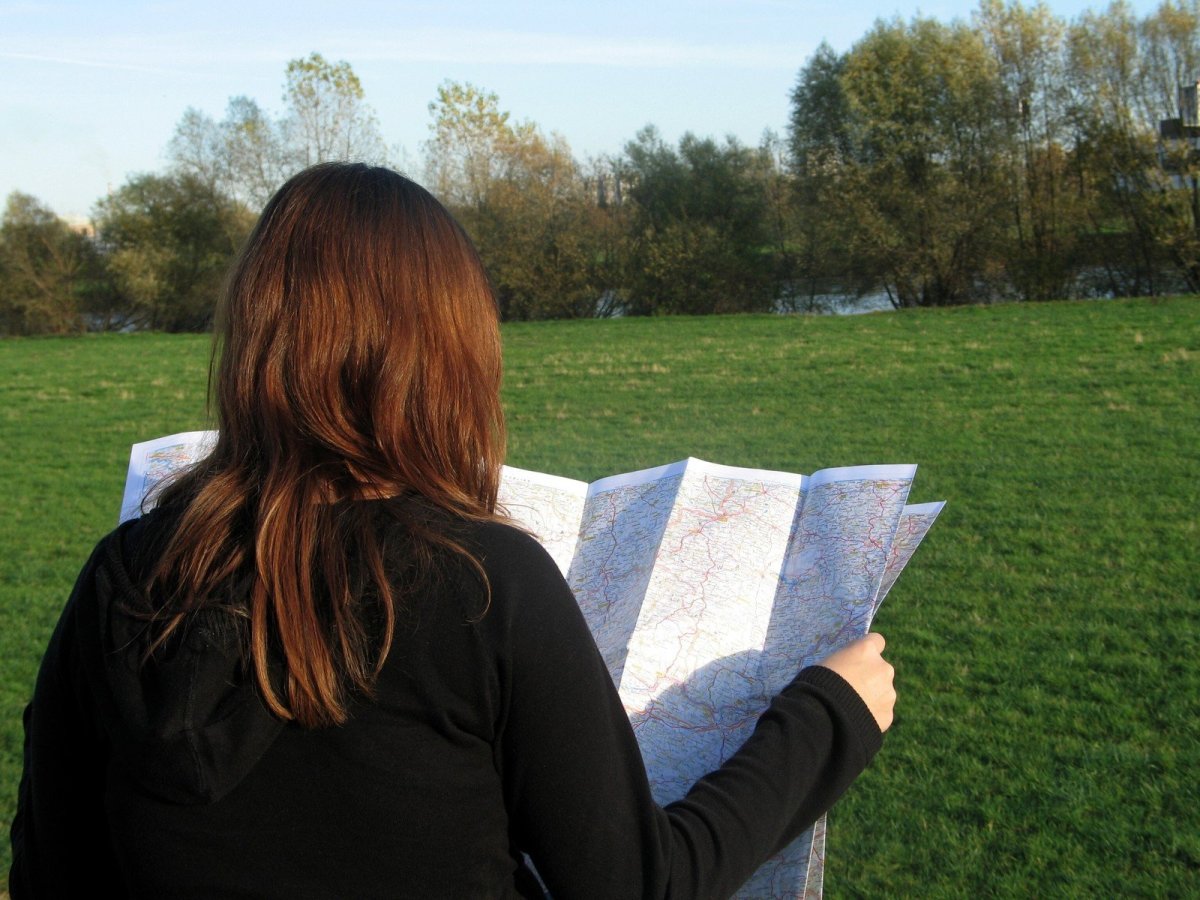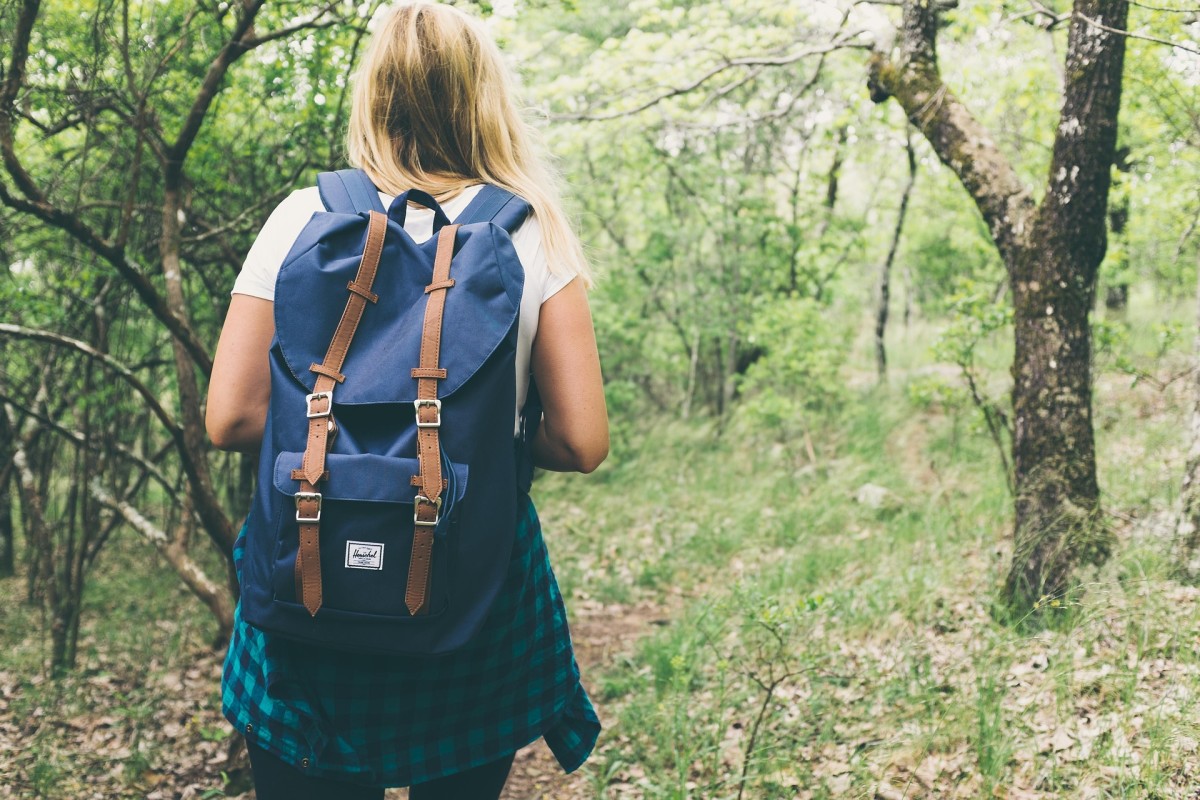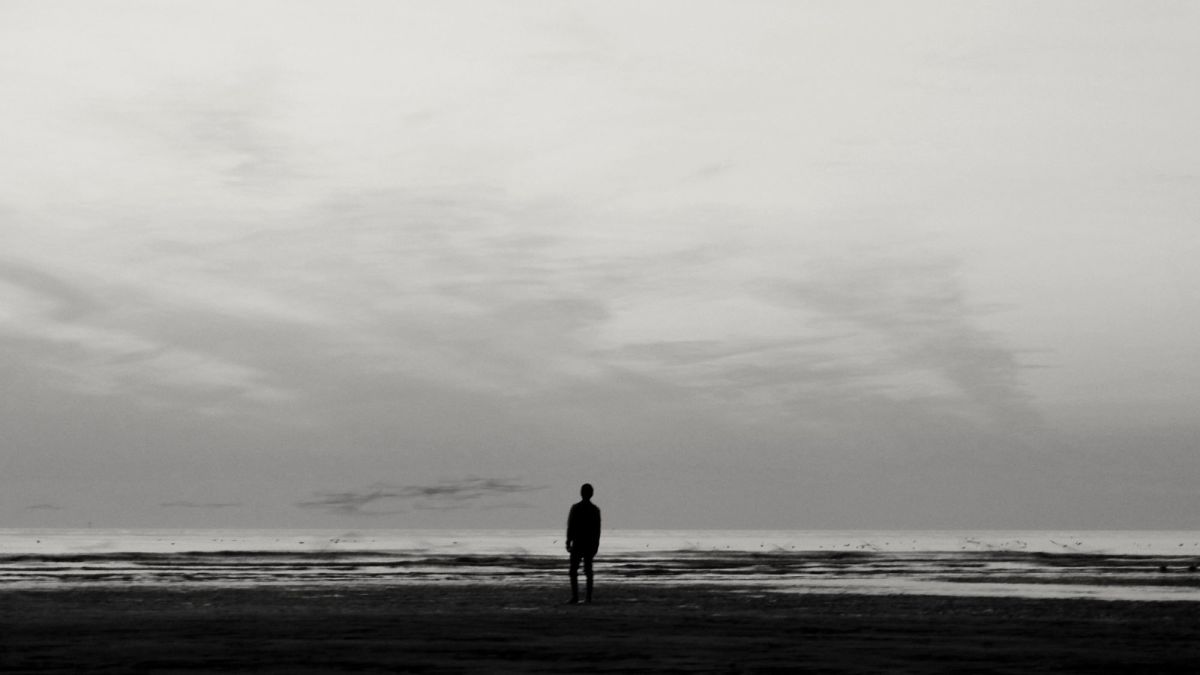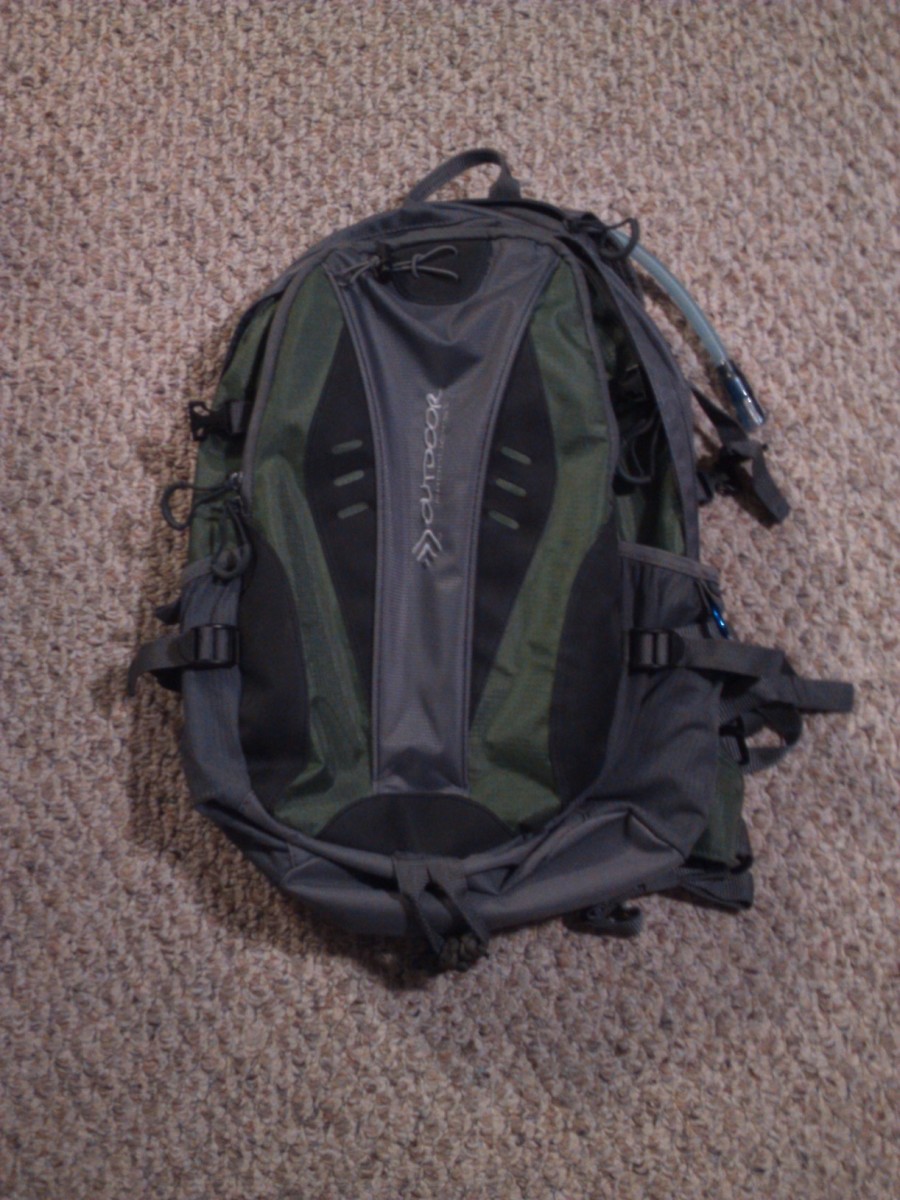Survival Skills: Moving When Lost

In general, if you are lost in the wilderness, you should stay put. Someone should know where you are in general, and search parties will be on the way. Unfortunately, there may come a circumstance where moving is your only option, and if that happens, you should know how to move with maximum safety.
Getting More Lost
Especially in woodland environments, it is easy to go from "lost" to "very lost" and eventually, "un-findable." What does that mean? Suppose you wandered off a path to track an animal, and then found yourself disoriented and unable to get back to the path. Chances are, you aren't too far away from the path already, and provided that you told Someone where you were going, searchers fanning out from that path will find you sooner. If you wander more, you may get out sooner, but you might also go in the wrong direction, making it harder for searchers to find you. The key thing in getting out when lost is that you make yourself findable.
In general, don't move unless you have to. There are reasons you might have to such as no available water supply, a gravely injured companion, or, in the worst case, nobody knows where you are and how long you planned to be there.
Orient Yourself Easily
If you have a compass, it is your friend. Perhaps you know that the path you left is to the south of you. Let the compass guide you back by walking due south. One thing to remember with this strategy is to check the compass often. It is easy to get turned around outside, and then you will waste time and valuable energy walking in circles. A common strategy is to line the compass up with a landmark in your direction, walk to the landmark, and then take another reading and pick a new landmark. This is slow, but it tends to avoid beginner mistakes in orienteering.
Follow A Landmark
As you traverse terrain when lost, streams and paths can help you. If you reach a flowing stream, follow it downstream (unless you know there is something upstream). Typically, you will eventually come to a place where the stream crosses a real road. At least by following the stream, you will be headed in one direction the entire time. The same goes for lakes. Follow the lakeshore until you hit a stream.
With roads, some caution is recommended. In Canada, where I often go fishing, you could easily stumble upon a logging road and follow it for days without seeing anything. Worse yet, if you are headed up the road toward a disused lumber site, you are likely to get to the end and then realize you have to turn around. Use your knowledge of the area to decide if following the road is a good idea. In most of the United States, this isn't a big problem and most roads will lead you to something you can use (like a shelter) or some civilization.
Things Not to Do
It is a bad idea to use the sun or a large landmark in the distance as a navigation aid. If you are walking straight toward the landmark, that may be okay, but if you try to keep it to one side of you, you will walk in a giant circle. Similarly, the sun is a moving target, and people following the sun easily get lost. If the sun is your only navigational aid, then you probably should remain still and wait for rescue.
Final Tips
Use everything you know about an area to get out alive. A compass in your pocket might save your life as well, so don't neglect the low-tech standby of generations of outdoorsmen. Finally, and above all else, make sure someone knows where you are and how long you are supposed to be there so that they can recognize that you are lost immediately. This simple advice is the most important thing you can do when headed out into the woods, following these tips can dramatically increase your chances of survival.

